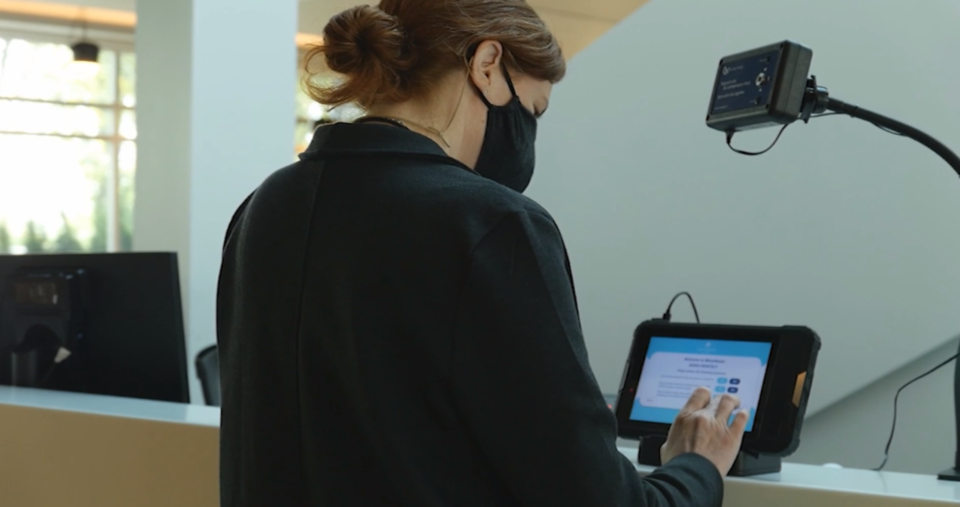Technology used in waterpark wristbands is now being tested in a COVID-19 contact tracing device in a Lower Mainland long-term care home.
Vantage, based in East Richmond and a subsidiary of WhiteWater West Industries, typically manufactures wristbands for waterparks to map guests’ movements and behaviour in the facility.
But last spring, the company began to work on transferring that technology to places susceptible to COVID-19.
“The beauty of the technology is that it can be easily re-purposed for other uses,” said Philip Edgell, Vantage’s president, in a statement.
“When the pandemic started, we looked at how our technology might be able to help. It turns out the way we understand a water park visitor’s behaviour can also be used to contact trace visitors, staff and residents in facilities such as senior homes and offices.”
Vantage’s wearable contact tracing tech is now being tested in The Oxford Senior Care, a long-term care home in Abbotsford that’s privately operated by The Care Group.
The care home operator learned that personal protective equipment and safety protocols were “only one part of the solution in controlling the spread of the virus,” said Gavin McIntosh, The Care Group’s vice president of operations and finance, in a statement.
The technology enables the care home to prioritize testing and “immediately identify those who need to self-isolate,” he said.
In an interview with the Richmond News last spring, Edgell said the wristbands – each with a unique ID – check in with on-site antenna every two seconds, using Bluetooth technology, to help trace people’s movements inside the facility.
That means that, if someone is diagnosed with COVID-19, it’s possible to see who that person came into contact with – including in which specific areas of the facility and during which shifts.
“This information is invaluable in the event of an outbreak as it will provide a view into who may have been exposed to a virus or bacteria and for how long,” said Dr. Adriaan Windt, the Oxford’s medical director. “This should enhance our ability to manage the risk and exposure from an outbreak.”
This is the second contact tracing pilot for Vantage. The first launched in November at Harbour House, a senior assisted living facility in Long Island, New York.




